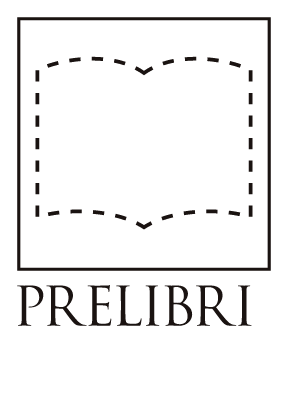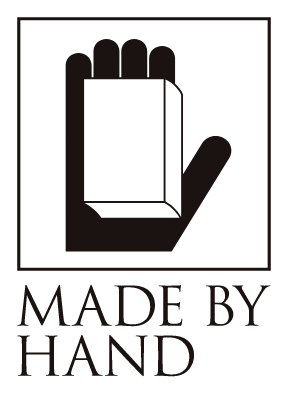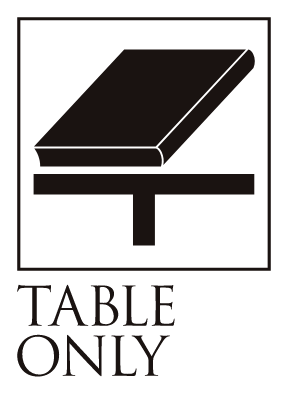Ogasawara Style Noshi Folding Specimen
Bibliographic Details
- Title
- 小笠原流 熨斗折形標本
- Author
- 不明 / Anonymous
- Publisher
- 不明 / Anonymous
- Year
- 不明 / Unknown
- Size
- h260 mm × w190mm × d25mm
- Weight
- 29g
- Pages
- 22
- Language
- Japanese
- Binding
- 和綴じ
- Materials
- Paper
- Condition
- Poor
The folded specimen is
Only in JapanOver 600 years old
It is the culmination of gift-giving culture.
Book hunter Masago Sato has sent us a "Specimen of Ogasawara Style Noshi Folding"It has arrived.In a handmade ledger bound with washi paper,The three groups are "shin", "gyo" and "kusa".The finished product of the foldingAbout 117 pointsIt is pasted on. Apart from the ledger, the glue has weakened and the pages have fallen off the mount.Folded shapeAlso singleIt comes with about 73 items (including some without the Shingyō-sō seal).
The seal makes it easy to restore even complex folds. The purpose of each item (such as "opening gift," "hand towel wrapping," "incense burner," etc.) is written on the body, making them very practical.For those who want to try Orikata,This is actually a blessing in disguise, in that we can open each fold and check them one by one.
All of the finished products are beautifully finished, and we speculate that they may be model samples folded in a setting where origami was being taught, but there are no solid clues other than the character "Kamiya," which is believed to be the owner's surname, written on the back cover. We imagine that they may have been folded as models by "Kamiya Sensei," a person in a position to teach origami, or that "Kamiya-san," who had learned origami, had skillfully folded them and kept them as specimens. The exact date of production is unknown, but the impression left by the ledger and the variety of origami forms suggest that they date to the Meiji period.
The history of Japanese origami is also the history of packaging. From the Heian to Kamakura periods, paper was introduced from China, and later, as paper production increased, people began to write poems and prose expressing their feelings, wrap them in ganpi paper, and give them as gifts. This can be seen in court literature such as The Tale of Genji, as well as in diaries. Around 1,000 years ago, gift-giving culture was based on wrapping gifts in cloth, but the prototype of origami had already appeared in order to give various items such as letters and pictures.
The handwritten "Ogasawara" on the cover refers to the Ogasawara clan, a Japanese clan that was a warrior and aristocratic family. Descending from the Kawachi Genji clan of the Seiwa Genji clan, they are known as a clan that created the foundation for the official etiquette of the Kamakura and Muromachi Shogunates, and passed down the customs and customs of the samurai class.
It was during the Edo period that origata became popular among the common people. Originally, it was a method of etiquette passed down from father to son, and its essence was forbidden to be revealed to anyone other than the shogun family. However, as time passed, the production and distribution of paper increased, making it cheaper to purchase, and it spread to the general public. What is interesting here is that, although it is called the Ogasawara style, some of the origata shapes changed to suit townspeople's specifications. Perhaps because they were reluctant to convey the samurai style, which had been passed down orally and secretly, they sometimes made slight changes to the original shapes, or created new shapes for items that would not have been exchanged between samurai. As a result, it is said that there were more than a thousand types of origata after the late Edo period. Many schools of etiquette were born, and the diversity of shapes began to rapidly increase, but at the same time, confusion also arose. Furthermore, as farmers across the country began making washi paper as a side job, it also became popular among the general public. As a result of these events, the enjoyment of folding paper, especially the fascinating shapes of origami powder wrappers, rapidly became popular.
The prototype of origami, which we have been familiar with since we were young, resides in origata. At first glance, origata may seem to have a complicated structure, but from a physical perspective, it is the same as origami. A single piece of paper is folded to the right, then to the left, and sometimes the top and bottom are folded as well, to create a shape. Although arts and crafts that cut shapes out of a single sheet of paper, such as Chinese paper-cutting and Mexican papel picado, are found in other countries, the culture of folding a single sheet of paper to create a shape seems to be unique to Japan, and as you know, it has now become known around the world as Origami. The gesture of folding white paper with both hands with great care, and the act of giving a gift with origata filled with love, seem to contain more of the Japanese aesthetic sense than you might imagine.
The Japanese culture of "folding and wrapping paper" has expanded from the solemn customs of the samurai class to become a pastime for the common people, but it seems there is still a lot to be discovered.
Text by Ema Otobe
Recommended reading for those who want to learn more about Origata:
"Packaging Record (Packaging Illustrations)" by Ise Sadatake, 1840
At the end of the Edo period, Ise Sadatake was saddened by the situation in which it seemed that origata had lost sight of its original form. He considered only the "proper origata" that had been handed down as the samurai tradition, and wrote "Hōketsu-ki (Hōketsu Illustrated Guide)" in 1764 to record it (it was published in 1840, after Sadatake's death). It is widely known as Japan's first groundbreaking guidebook on wrapping and tying strings, and includes practical information such as development diagrams and procedures.
"Origami Saijiki (Almanac)" made from washi paper Origata Design Institute, Minoru Ozawa 2004
This is a beautiful seasonal almanac that combines the traditional Japanese gift-giving etiquette of origami with famous poems from ancient and modern times. It's a book that will make you want to not just look at it, but actually put your hands to work and make it.
"Japanese Mizuhiki" by Chie Nagaura 2022
Mizuhiki culture researcher and designer Chie Nagaura's book "Japanese Mizuhiki" (Seibundo Shinkosha) is scheduled to be published in June. The book introduces not only the etiquette and tying of Mizuhiki, but also gift-giving culture and the future of Mizuhiki with a wealth of illustrations and references.
Blog: Origata <Unlicensed Master> Araki Houraido Takahiro Araki
In particular, he has provided some very interesting insights into the gift-giving culture found in classical texts and the study of origami.






























